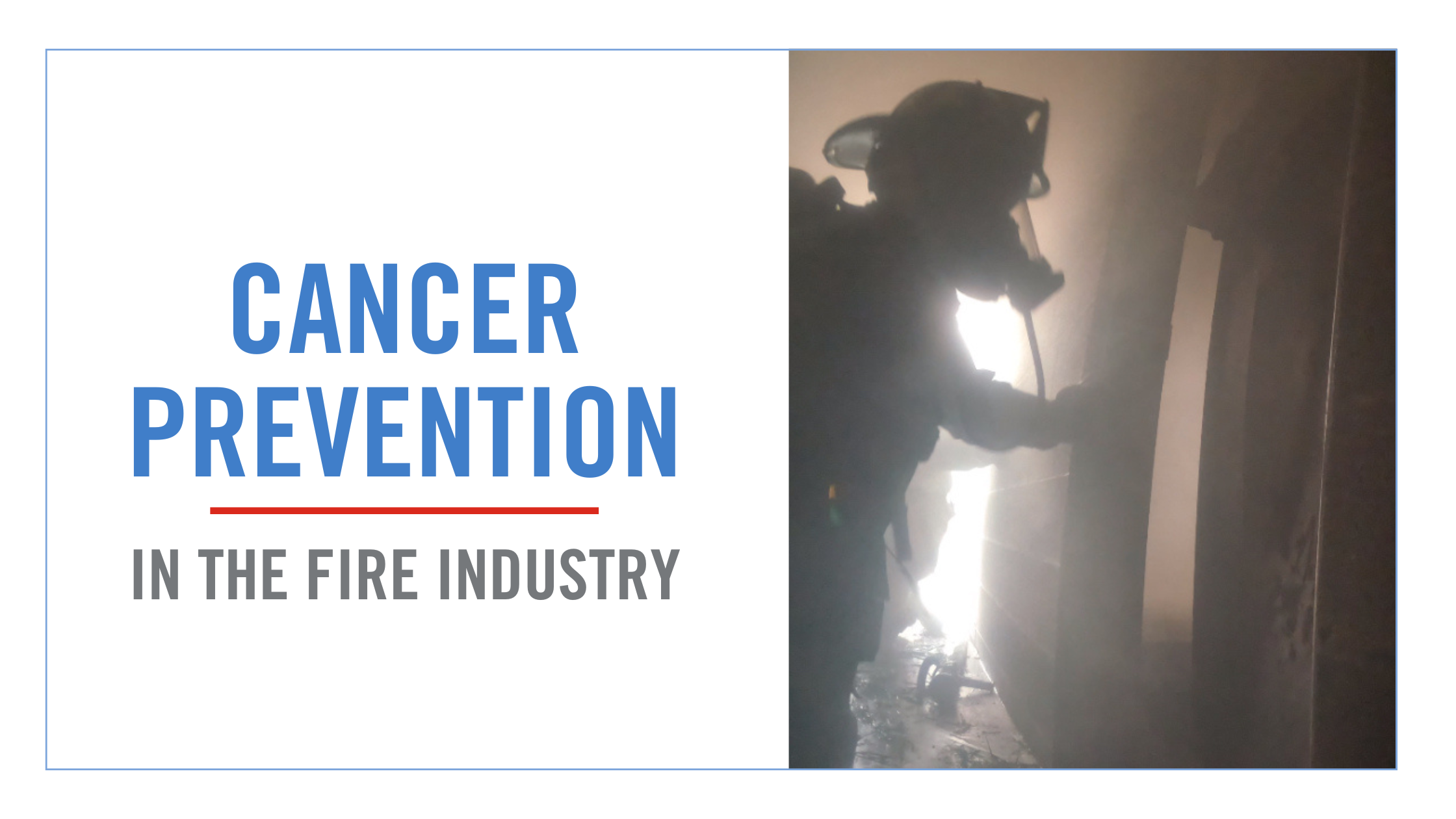It’s no secret that cancer is a significant threat for all firefighters. Firefighters are 9% more likely to be diagnosed with cancer and 14% more likely to die from cancer than the general population.
Firefighters regularly come into contact with dangerous particulates on the fireground, increasing the risk for cancer.
That means it’s critical to take steps to reduce your exposure to fireground contaminants. From gear to proper cleaning, firefighters can take action to keep themselves—and their friends and families—safer.
The Right Gear
The right gear can make a big difference in reducing your exposure to fireground particulates.
The simplest option is to utilize a particulate-blocking hood. These hoods provide, in addition to thermal protection, a particulate-blocking barrier that protects the head and neck area.
Particulate-blocking hoods are required under the new NFPA 1970 standard. That’s because studies continually show that the head and neck area are often covered in particulates after a structural fire. Those particulates can then leach through the skin and enter the bloodstream, increasing the risk for cancer and other illnesses.
Hoods are only one part of the puzzle, however.
Firefighters are much more likely to encounter dangerous contaminants on the fireground. That means turnout gear is regularly exposed.
For non-structural calls, firefighters have the option to wear gear other than turnouts. Donning single layer, multipurpose PPE during these types of calls reduces the risk of exposure to any contaminants that may be present on turnout gear.
Proper Cleaning
While it’s inevitable that you will be exposed to contaminants on the fireground, it isn’t inevitable that those particulates have to come into contact with your skin or lungs.
NFPA 1851 (soon to be NFPA 1850) outlines the steps you should take to clean and maintain your gear. Proper PPE cleaning and maintenance is about a lot more than throwing your gear in an extractor at the station.
The first step is preliminary exposure reduction. Formerly known as Gross Decon, this is the best way to quickly reduce the amount of contaminants on your gear.
When you come out of a structure, with your SCBA still on, use a hose and brush to rinse off debris. Research has shown that soap and water can remove as much as 85% of PAHs from turnouts.
Gear should then be stored in clear plastic bags. Those bags should be transported outside the truck cab to avoid further contamination.
The next step is to send your gear in for cleaning. That means sending them to a verified cleaner or a verified Independent Service Provider (ISP). ISPs can provide additional services like inspections and repairs to ensure that your gear is safe to use for the next call.
Proper washing involves specialized equipment and procedures, requiring significant expertise to ensure that your gear is clean (and not damaged during the cleaning process).
A verified ISP can walk you through your PPE cleaning options, from CO2 cleaning to specialized cleaning, and give you the confidence you need to don your gear.
Precautions Are Key
The risk of cancer in the fire industry is very real. But by taking these steps, you’ll significantly reduce your exposure to dangerous contaminants on the fireground.
Exposure reduction means that everyone in your station and your home is exposed to fewer contaminants, keeping you, your fellow firefighters, and your loved ones safer.




